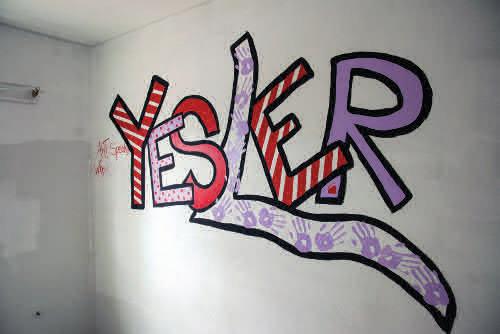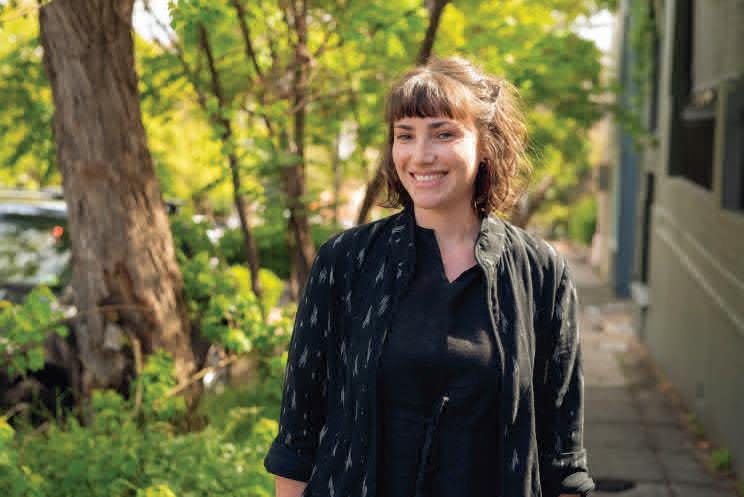
2 minute read
Finding flexibility in a bureaucratic system
from Yesler Arts
by hey_terry
The Seattle Housing Authority, like many other large public agencies, is subject to a high degree of regulation and has developed careful systems as a result. While these systems are useful for ensuring the safety of their buildings, taking care to avoid nepotism, and other reasons, the way systems have been designed make hiring and contracting with artists difficult. For example, all contractors working with SHA are required to carry various kinds of insurance. These requirements are very necessary for building contractors, but have relatively high costs associated with them and are not usually in place for self-employed contractors like inde- is also an onerous task, for good reason: to ensure that contractors are not chosen for the wrong reasons. But the work required to submit a proposal and move through the process - in addition to meeting the requirements needed to be selected as a community-based artist - is time consuming, confusing for those not familiar with this kind of paperwork, and can therefore be prohibitive. All of these dynamics required a high level of involvement from Song in order to support artists moving through the process, while also working internally with SHA contracting to understand what flexibility may exist.
Laying the groundwork for resident ownership
Advertisement
Several of the artists and SHA staff described their interest in helping to build space for residents themselves to define, guide, or even lead arts commissions and programming. This interest evolves naturally from the approaches described above that are foundational to the Yesler Arts program -- but difficult in practice to enact because of many of the challenges shared here. There is also a structural tension present in managed housing: SHA supports resident leadership and organizing in order to ensure housing, services, and programs are as useful as possible, but also must play the role of landlord - collecting rent, navigating conflict that arises from so many people sharing space, and more - creating tension at times. Song and the artists did their best to navigate productively between SHA protocol and expectations and resident leadership, and noted that with more time, translation, and other considerations described in the next section, the interest and support for resident leadership and ownership of programs could be more fully gauged and realized.
CASE STUDY: YESLER PUBLIC ART WORKS
In 2016, artist George Lee and artist team Alessandra Panieri and Dan Barsher were commissioned to create respective permanent artworks for the Yesler redevelopment. The artists collaborated with SHA staff and residents, third party architects and planners, developers, and construction teams to identify sites and implement public sculptures. Challenges along the way included issues around sub-contracts, design approvals, permitting, and budgeting, but SHA’s flexibility and willingness to engage in a non-prescriptive process not only created more unforeseen opportunities for production but allowed for more authentic connections to the community. For example, Lee was awarded an additional commission for the Yesler Hospitality Table, a community-inspired design that was paid for with funds originally earmarked for a prefabricated picnic table. Panieri and Barsher, in creating their sculpture Yesler Blossoms, developed a close working relationship with Andersen Construction, a contractor on site, resulting in pro bono labor and other donations, almost tripling the artists’ budget. In both cases, the artists used the extended timeline to solidify authentic community relationships to their project’s advantage. Lee’s Hospitality Table features original photos of residents etched into its surface, and Yesler Blossoms was informed by art workshops and interviews conducted by the artists. The longer timeline, and the space it made for greater creativity, advocacy, and patience, proved instrumental to the works being reflective of the residents.







